Is VR training worth the hype? Part 1: Embodiment
If you’re an HR leader thinking about steering organisational change, aligning your workforce with company values or just making trainings more fun, you’ve doubtless wondered if VR training is worth the hype.
In this two-part series, we’d like to help you think through what sets VR apart from traditional training and when it can work for you.
From the outset, remember that VR training should map to your actual organisational needs. So as you read through, think about:
- What HR, L&D and organisational problems are you trying to solve?
- How does training fit into this picture?
- Where is your traditional training falling short?
- What aspects of VR covered here resonate most with you?
VR facilitates embodiment
Kiin’s founders, Mel Slater and Mavi Sanchez, are pioneers in applied VR. Mel is the most published authority in the field. One of his pioneering contributions was to run a VR version of the well-known rubber hand illusion experiment, in which participants are so convinced that an artificial limb is their own that they flinch when it’s hit.
In extending this experiment to VR, Mel and Mavi introduced a new principle: embodiment. Embodiment is when you not only inhabit someone else’s body, but quite literally experience it as your own. If the VR character you embody then finds themselves inside an unfolding narrative, their learnings and lived experiences also become your own.
For example, think of a VR training in which you embody someone whose boss publicly claims credit for a project they’ve worked on. If you’re a line manager, you can experience what it actually feels like to be marginalised by your boss. Or consider embodying a colleague dealing with burnout by stepping into their shoes during a meeting, over lunch or at an office party. Embodying others in situations like these opens you up to learn through feeling, making for a powerful driver of change.
In fact, VR training lets you go a step further: by recording your own avatar in a managerial setting and having it played back to you, you can experience your own managerial style, decisions and words from your report’s perspective. At Kiin, we’ve used this approach to build an experience that helps you solve a range of professional, personal and even medical challenges by having a conversation with yourself.
So this is one way in which VR goes where traditional training formats can’t: it allows you to participate in someone else’s experience. Embodiment is a powerful tool and VR is how you wield it.
The advantages of immersive training
In part 2, we’ll go through the unique benefits of deploying training in an immersive virtual world.
If VR training seems like a good fit to your training plan, you can book a call with us to see how we can work with you. We’re pretty confident that our expertise and industry leadership can bring you an experience that’s seamless, powerful and, above all, deeply human.

